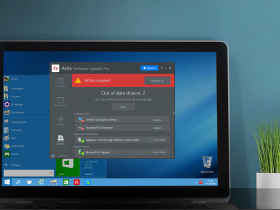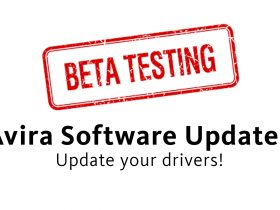When you think of the term cloning, probably the first thing that springs to mind is the Welsh mountain sheep Dolly. Back in the 1990s, she was created in a test tube from the cells of another animal and had identical DNA to the one adult sheep that donated the cell.
Cloning or duplicating also plays an important role in the IT world, where it’s widely used. However, in IT terms, we talk about cloning hard drives. For example, if you want to improve how you safeguard your data or you want to use a new computer, cloning your hard drive can be useful.
Read on for a step-by-step guide to cloning your PC, laptop, or Mac hard drive.
Clone your hard drive: What does it mean?
Hard drive cloning generally refers to the process of copying a computer hard drive to what’s called an image file, which can then be transferred to another location.
However, cloning a hard drive is different from backing one up, which you’re already probably familiar with. A backup is always file-based, which means that you can ultimately “only” save different folders with your personal files on an external drive.
By contrast, cloning creates a complete “image” of your computer’s hard drive — including the operating system, applications, drivers as well as personal and hidden files. This also includes the data required to start this clone. You can then start your computer from this cloned drive or use it in a new PC or Mac, giving you a new hard drive identical to the original one.
The cloning of corporate servers is essential in companies, especially because it’s the job of IT managers to ensure that all business-relevant data is stored securely on a secondary system so IT personnel can replace any defective or failed servers. Thanks to cloned servers, they can avoid data loss and system errors of the active server in cases of doubt so critical business operations aren’t interrupted.
There are various good reasons to clone your hard drive
As you can imagine, simply copy and pasting your data on your personal computer or laptop can be quite time consuming — and not a particularly reliable method.
Even backups have their limitations, because you can’t use them to upgrade to a larger hard disk drive (HDD) or solid state drive (SSD) or transfer all your data (including the programs and drivers) from one computer system to a new one.
Incidentally, cloning your hard drive is also a good idea if you’re a Windows 10 user and you want to use a new disk to enjoy Windows 11’s improved performance.
As you can see, there are a few good reasons to clone your hard drive. Below, we give step-by-step instructions on how to clone a hard drive if you’re running Windows or macOS.
How to prepare your laptop, PC, or Mac for disk cloning
Before you start cloning your device’s hard drive, first go through what you have on it and clean it up. You’ll probably no longer want to use unnecessary programs, temporary files, browser caches, and duplicate data. So, it’s best to remove these unwanted disk space hogs. We’ve several tips for this.
Even the free version of the Windows app remover Avira System Speedup can help you delete unwanted apps and programs. It also offers additional features that can help you identify duplicate files as well as dummy or really large files.
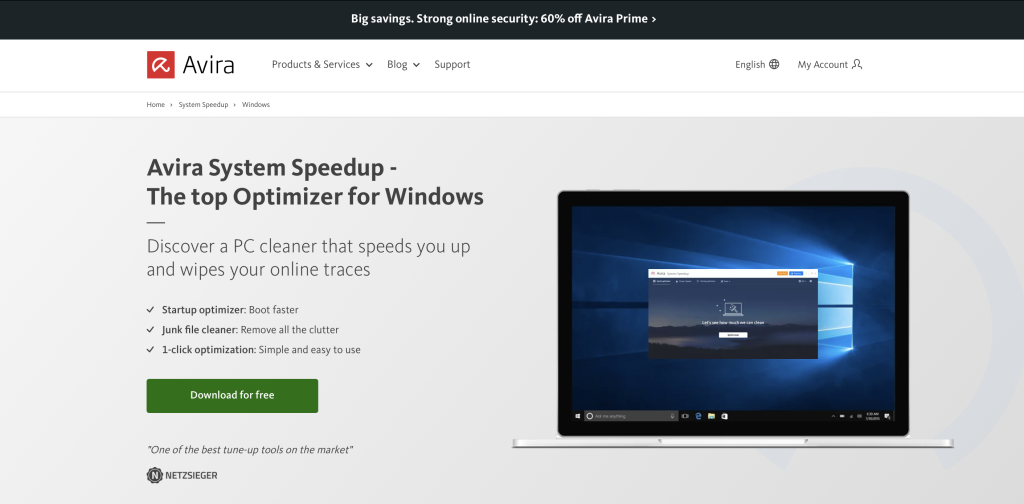
Be aware that deleting programs you no longer need usually results in what are known as registry entries being left behind. These languish on your hard drive even after a restart. By using Avira Junk Cleaner, this PC cleaner, can help you remove those remaining registry entries of any deleted programs.
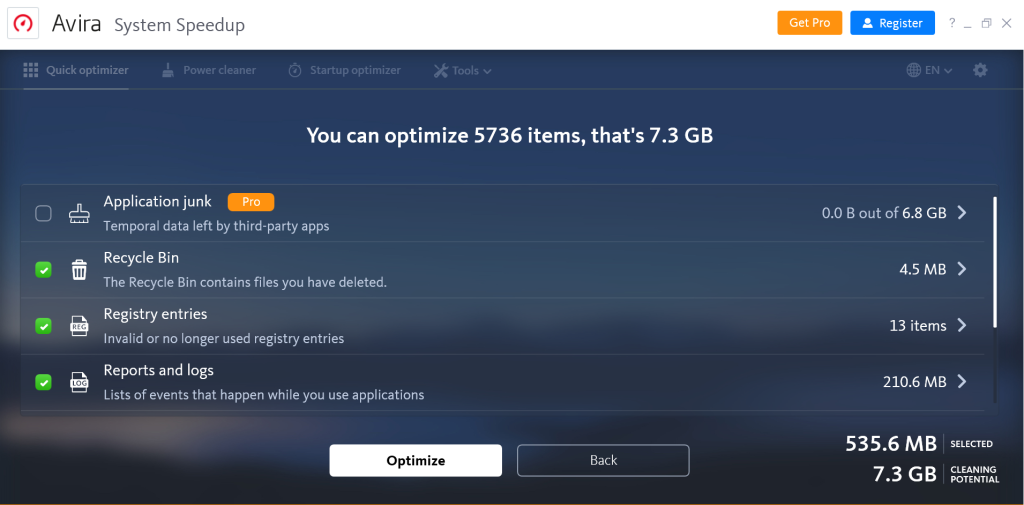
In the next step, make sure your new hard drive has more storage capacity than the one you want to clone and that it’s also formatted — regardless of whether you’re using an external hard drive as the target disk or you’ve installed a new hard drive in your device.
Now you’ll need to download a program to clone your hard drive, otherwise you won’t be able to do it. Although Windows offers a full system image utility to clone a drive, it’s only for backing up and restoring data on the same computer. So if you only need a full PC backup, you can certainly do it with Windows’ built-in tools.
But this post isn’t about creating backups; it’s about cloning. You’ll find a number of providers offering free and paid cloning software. In our opinion, a free tool should be sufficient for your personal PC, laptop, or Mac.
For Windows disk cloning, we chose AOMEI Backupper Standard as our example because it’s very easy to use and compatible with various Windows OS versions and disk types.
- For Mac (macOS), we chose SuperDuper.
Clone your hard drive if running Windows
Completed your preparatory steps? Great! Now let’s get started with AOMEI Backupper Standard. It allows you to clone disks for free and, as mentioned, create identical images of your hard drive. Not only that, but the software can also recover individual files, applications, folders, and hard drive partitions.
In our example, we used a laptop running Windows 11 and a 500 GB external storage disk (Intenso). To do the same, follow these steps:
- First connect the external drive to your laptop.
- Install the application.
- Now choose the language setting for the application (English or German).
- Click Clone and then Disk Clone.
- Select the disk or partition you want to clone (in our example, there’s only one disk and the external drive) and click Next.
- Select the target disk on which you want to save the cloned disk and click Next again.
- Now start cloning the disk to your chosen target disk.
The finished cloned version of your hard drive should start and behave just like the original. Alternatively, you can save this clone on an external hard drive, for example, for safety. In doing so, you’ll have a handy backup should you need to restore your computer in the event of a complete system crash.
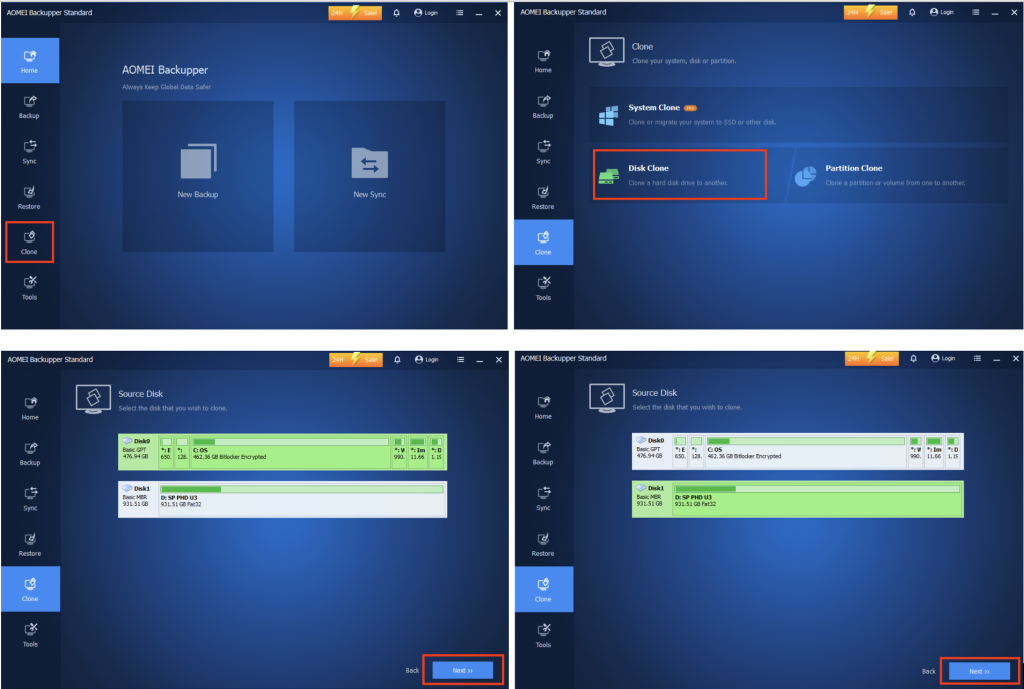
AOMEI Backupper Standard is feature-packed to help you back up disks and partitions. Although it might be slightly annoying that it can sometimes take a bit longer to back up a disk with the standard version, remember that this software is free and very easy to use.
Clone your hard drive if running macOS
If you’re using a computer or laptop running macOS, you should also first clean up the hard drive or partition to be cloned of programs that are no longer required as well as temporary and duplicate files.
We recommend you use a dedicated program to clean up your Mac, such as Avira Free Optimizer. This free optimizer tool for Macs can help you with many tasks, including cleaning up the operating system and the browser, creating more hard drive space, and freeing up memory — all essential to reducing the volume of data that is to be cloned.
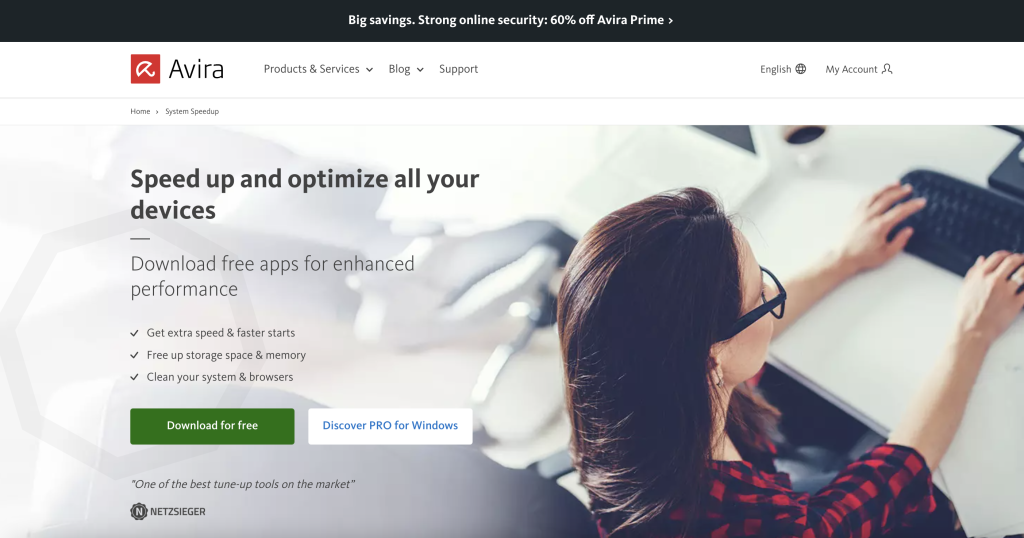
Here’s how to clone your Mac’s hard drive:
- Connect the external hard drive to your Mac.
- Install SuperDuper and give this application full disk access.
- Once installed, SuperDuper will take you to the System Preferences app. There, click the lock and enter your Apple credentials.
- Click the + icon, navigate to Applications, and start SuperDuper.

- Click the blank drop-down menu next to Copy and select the target drive.
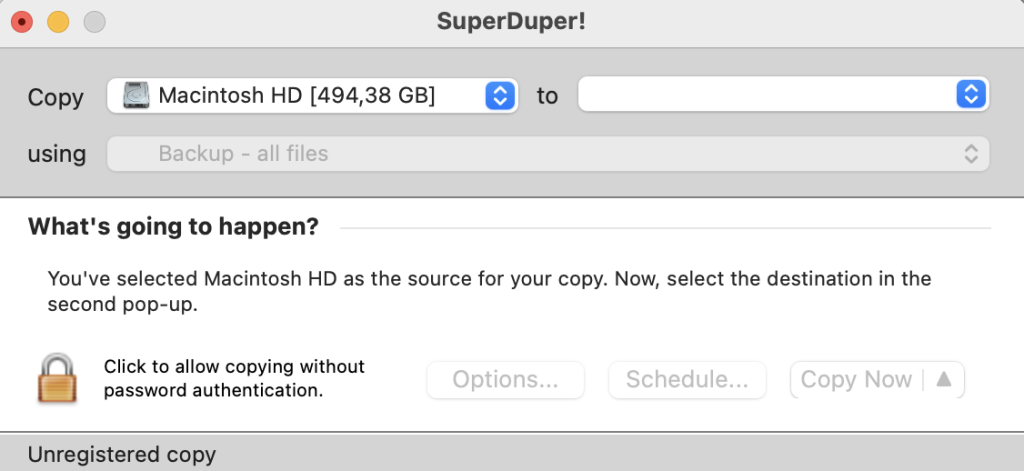
- Click Copy Now, and the cloning software will start. This process may take a little longer depending on the volume of the disk to be cloned.
- Once the cloning process is complete, you can start your Mac from this cloned hard drive. To do that, hold down the Option key when starting your Mac and select the new hard drive.









